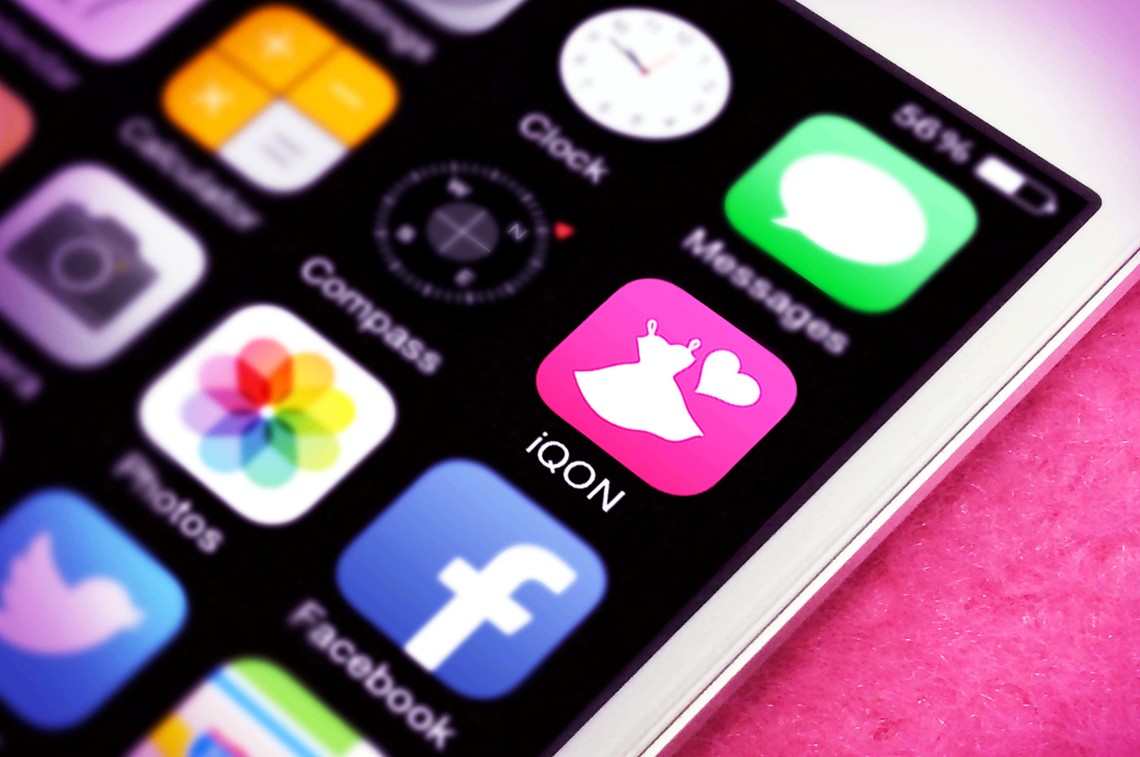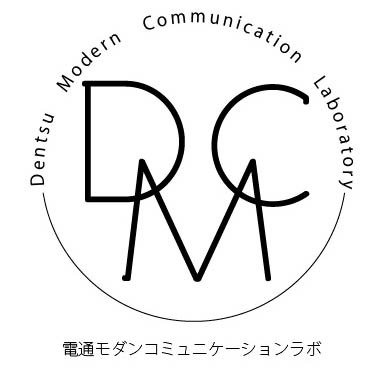This time, let's focus on the business book Hooked: How to Build Habit-Forming Products (Shoeisha). The primary author, Neil Eyal, is a consultant who integrates psychology and technology into business management.
As indicated by the original subtitle, "How to Build Habit-Forming Products," the book consistently focuses on the theme of "how to create mechanisms that make products and services habitually used."
For example, services like Facebook, Twitter, and LINE are naturally integrated into your daily lives, right? From a business perspective, these are undeniably successful services. But of course, they didn't just stumble into success by accident. There seem to be clear reasons why these services are chosen by users.
According to this book, it's because they succeeded in "providing habits" to their customers. In other words, it's the result of strategically "designing mechanisms to get people hooked."
Drawing on a wealth of case studies, this book psychologically unpacks the mechanisms behind how human behavior becomes habitual. It names this mechanism the "Hook Model" and systematizes it for business application. This model is already being hailed as a bible for startups.
The Hook Model advocated in this book consists of four approaches to customers. Summarized, they are roughly as follows:
① Trigger (provides the initial prompt)
This prompts customers to take a specific next action. For example, direct prompts like "Click Now" often seen on websites are classic examples. These are defined as external triggers.
However, what's more important is pulling the trigger deep within a person's mind, defined as an internal trigger. For instance, when feeling lonely or isolated, you might check Facebook to see what your friends are up to. This happens because Facebook was designed as a product that pulls internal triggers. The Hook Model begins with figuring out how to pull this trigger.
② Action (Promoting Behavior)
This involves creating anticipation for the ③ Reward and prompting a simple action. Simple actions include scrolling through Facebook or Twitter (Reward = friends' updates), entering a search term and clicking on Google (Reward = desired information), or pressing the shutter button on an iPhone camera (Reward = photo saved).
It may seem obvious, but for customers, the simpler this step is, the easier it becomes to form a habit.
③ Reward (Providing the Reward)
The reward is what the customer gains as a result of their action, and it's crucial that this reward is unpredictable. For example, when scrolling through Facebook, the reward is seeing friends' updates, but the key is not knowing what information will appear.
Similarly, the action of posting on Facebook is appealing precisely because you don't know how many "likes" you'll receive as a reward. The same applies to sending a message on LINE. The reward—what kind of reply you'll get from your friend—is unknown, and that's the point. In other words, it's precisely because the nature of the reward is unpredictable that interest is sustained and the excitement continues.
④ Investment (Getting Them to Invest)
This involves asking customers to put in a little effort. IKEA furniture requires the small task of assembling it to your specifications, resulting in furniture you'll want to use repeatedly. Similarly, Twitter, for example, requires you to follow a few accounts when creating your account.
However, this small effort creates motivation to visit again next time.
By getting customers to cycle through these four steps repeatedly, a habit is formed in their daily lives, and they become increasingly hooked on the service. Furthermore, this book provides five checkpoints to help you actually build your hook model:
1. What does the user want? (External Trigger)
2. Why would a user start using your product? (Internal Trigger)
3. What is the simplest action a user anticipating a reward would take? Can you simplify the product to get them to take that action? (Action)
4. Is the user satisfied with the current reward? Do they want more? (Reward)
5. What "small tasks" might users perform with your product? Do these tasks create subsequent triggers and accumulate value that improves the more the product is used? (Investment)
If you can answer these questions, your service will be able to successfully "provide a habit" to your customers.
Incidentally, I had known Mr. Yuki Kanayama, CEO of VASILY Inc. who handled the translation of this book, even before reading it. I've always been impressed by his innate ambition and management approach grounded in logic.

Indeed, VASILY's fashion coordination app "iQON" has achieved growth exceeding 1 million downloads. Learning through this book that the hook model lies behind this success was fascinating.
Mr. Kanayama always emphasizes his commitment to driving action, not only through the service itself but also through its advertising. In that sense, this theory offers significant insights for those of us involved in advertising.
What's expected of advertising today goes far beyond mere awareness. It's now expected to drive people to act and even turn that action into a habit. The Hook Model introduced in this book offers significant insights for considering the future of advertising.





